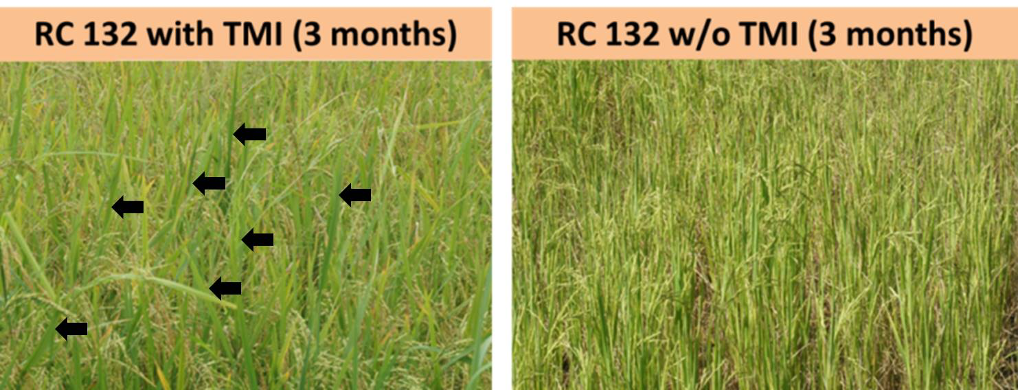VOLUME 15 NUMBER 1 (January to June 2022)

SciEnggJ. 2022 15 (1) 012-024
available online: January 31, 2022
*Corresponding author
Email Address: cbbanaay@up.edu.ph
Date received: October 05, 2021
Date revised: December 22, 2021
Date accepted: January 18, 2022
ARTICLE
Alleviating the yield constraints posed by copper contamination in lowland rice and vegetable crop areas using Trichoderma technologies
Charina Gracia B. Banaay* and Virginia C. Cuevas
1Environmental Biology Division, Institute of Biological Sciences,
College of Arts and Sciences, University of the Philippines Los Baños
College of Arts and Sciences, University of the Philippines Los Baños
The farming community of Mogpog, Marinduque, Philippines has been beset by problems caused by soil contamination from mine tailings since the 1990s. Crop productivity declined and farmer incomes have diminished. This study aims to alleviate constraints to crop yield through the use of Trichoderma Microbial Inoculant (TMI), and Trichoderma-activated rice straw compost (RSC). There were 102 and 79 rice farmers who participated in the 2018 dry and wet seasons, respectively; and 24 vegetable growers during the 2018 growing seasons. Soil sampling in representative areas in participating barangays revealed severe, moderate, and low Cu-contamination levels. In severely contaminated areas, high Cu levels were observed up to one-meter depth and possibly deeper. Preliminary analysis of a limited data-set showed that rice yield is reduced under high soil-Cu levels. Field experiments covering 40 ha of rice fields were conducted to compare crop productivity between control and treated set-ups. Rice productivity significantly increased by 12-28% relative to the control. Higher yield was attributable to more filled-up grains, productive tillers, and greener flag leaves in treated versus control set-ups. Vegetable productivity was higher by 20-37% in the treatment with TMI compared with control plants. Vegetables treated with TMI were harvested 3-7 days earlier than the control. The application of TMI can contribute to increased productivity within a shorter time period. Furthermore, low amounts of Cu were detected in rice grains and vegetables. This indicates that minimal Cu was translocated to the edible portions of the crops that are within the threshold levels for food safety.
© 2024 SciEnggJ
Philippine-American Academy of Science and Engineering